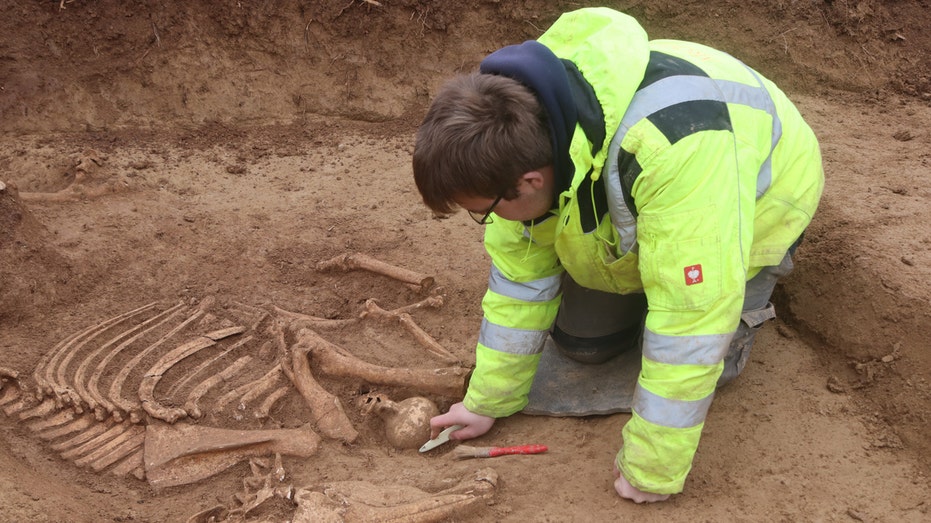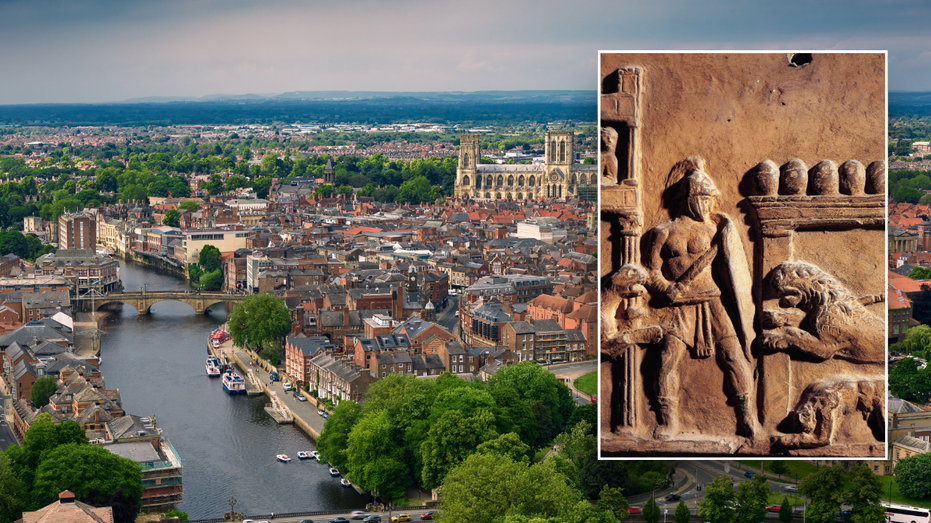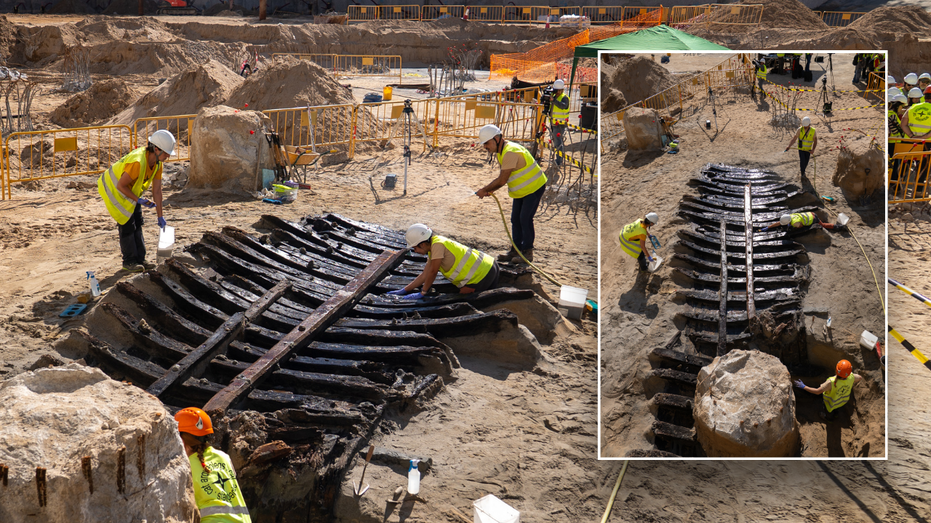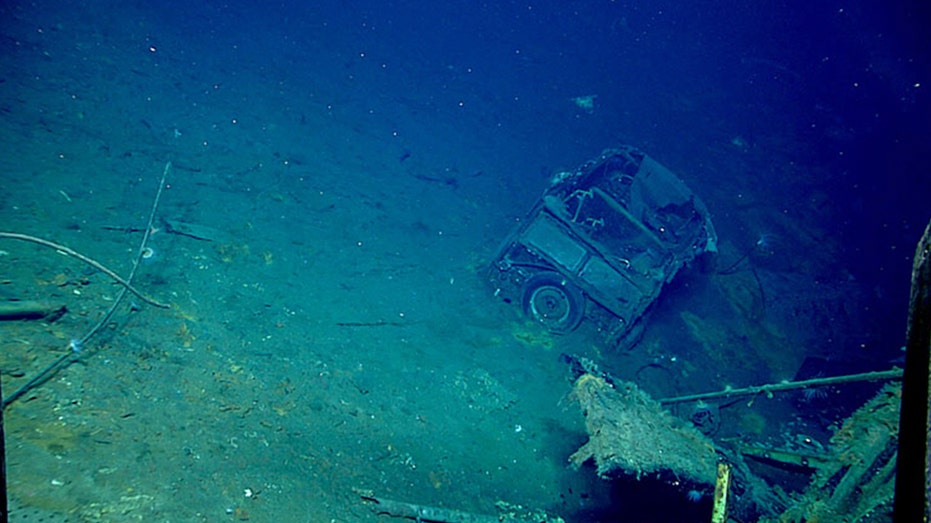Over 100 Roman-Era Horse Skeletons Discovered at German Military Site

Sarah Johnson
April 29, 2025
Brief
Archaeologists in Germany discover over 100 Roman-era horse skeletons at a major military site, revealing insights into ancient Roman cavalry practices and animal burials.
More than 100 ancient horse skeletons have been unearthed in a discovery that would make any Roman cavalry commander do a double take—but this time, the bones turned up in southwestern Germany, not Italy.
The dig happened in Bad Cannstatt, a borough with a pretty big claim to Roman military fame. According to the Baden-Württemberg State Office for Monument Preservation, this spot was once a crucial Roman cavalry outpost, and at its height, a unit there had around 700 horses at their disposal. Clearly, the ancient Romans weren’t horsing around when it came to their steeds.
The excavation kicked off last July, triggered by construction projects that required a peek underground before bulldozers could move in. What they found was a graveyard of horses just shy of 2,000 years old, with radiocarbon dating pinpointing the remains to the second century AD. Most of these horses were buried about a quarter mile from the military fort and not far from where civilians lived.
Archaeologist Sarah Roth shared that these animals likely belonged to a cavalry unit stationed in the area around 100 to 150 AD. With about 500 riders, the cavalry’s horse inventory had to be constantly replenished—life was tough for a Roman warhorse, it seems. The horses didn’t die in some epic battle, though. Instead, most were probably either sick, injured, or otherwise unfit for service. If a horse could still walk, it got a one-way trip to the horse cemetery for a final farewell, sparing anyone the trouble of moving a massive carcass through town.
And here’s a detail straight out of a Roman tearjerker: some horses were buried with small gifts, like jugs and oil lamps, tucked near their legs—an ancient version of sending your ride off with a care package for the afterlife. Roth noted that the grief of the horse’s owner is obvious, even after 1,800 years. I have to admit, even the stoic centurions had their soft spots.
The horse cemetery is likely larger than what’s been dug up so far, but its full extent remains a mystery. This finding adds to a recent string of remarkable animal burials from the Roman era, including mass graves of soldiers and their animal companions across Europe. Turns out, the Romans didn’t just conquer lands—they left behind a lot of animal cemeteries too.
Topics
Editor's Comments
Who knew the phrase 'put out to pasture' was so literal for Roman cavalry horses? If only those horses could see the size of modern German autobahns—they’d probably want to stay buried!
Like this article? Share it with your friends!
If you find this article interesting, feel free to share it with your friends!
Thank you for your support! Sharing is the greatest encouragement for us.



